
The Bahay Pag-Asa in Pasay, Metro Manila, is supposed to uphold the lofty goals of the Philippines’ juvenile justice and welfare system. Its name means “House of Hope”, and it should be rehabilitating juvenile offenders and providing care for children who have nowhere else to go.
But House of Hope is a grotesque misnomer. In reality, the dilapidated facility is a prison for children, often arbitrarily arrested, who are incarcerated in appalling conditions for months, or even years, at a time.
Tucked away behind the Pasay City Hall adjacent to a primitive adult jail, the House of Hope is emblematic of the Philippines’ broken law enforcement, juvenile justice and child welfare systems. It also hints at the grim fate awaiting thousands of Philippine children with the passage by the country’s senate, expected imminently, of a law that lowers the age of criminal responsibility from 15 to 12.
Within the walls of the House of Hope, also known as the Pasay City Youth Home, are 46 boys and girls aged between 12 and 17. One of the three girls – a 15-year-old – is pregnant. One of the boys, arrested at 13 for drug use, has been waiting for more than a year for the legal system to process his case.
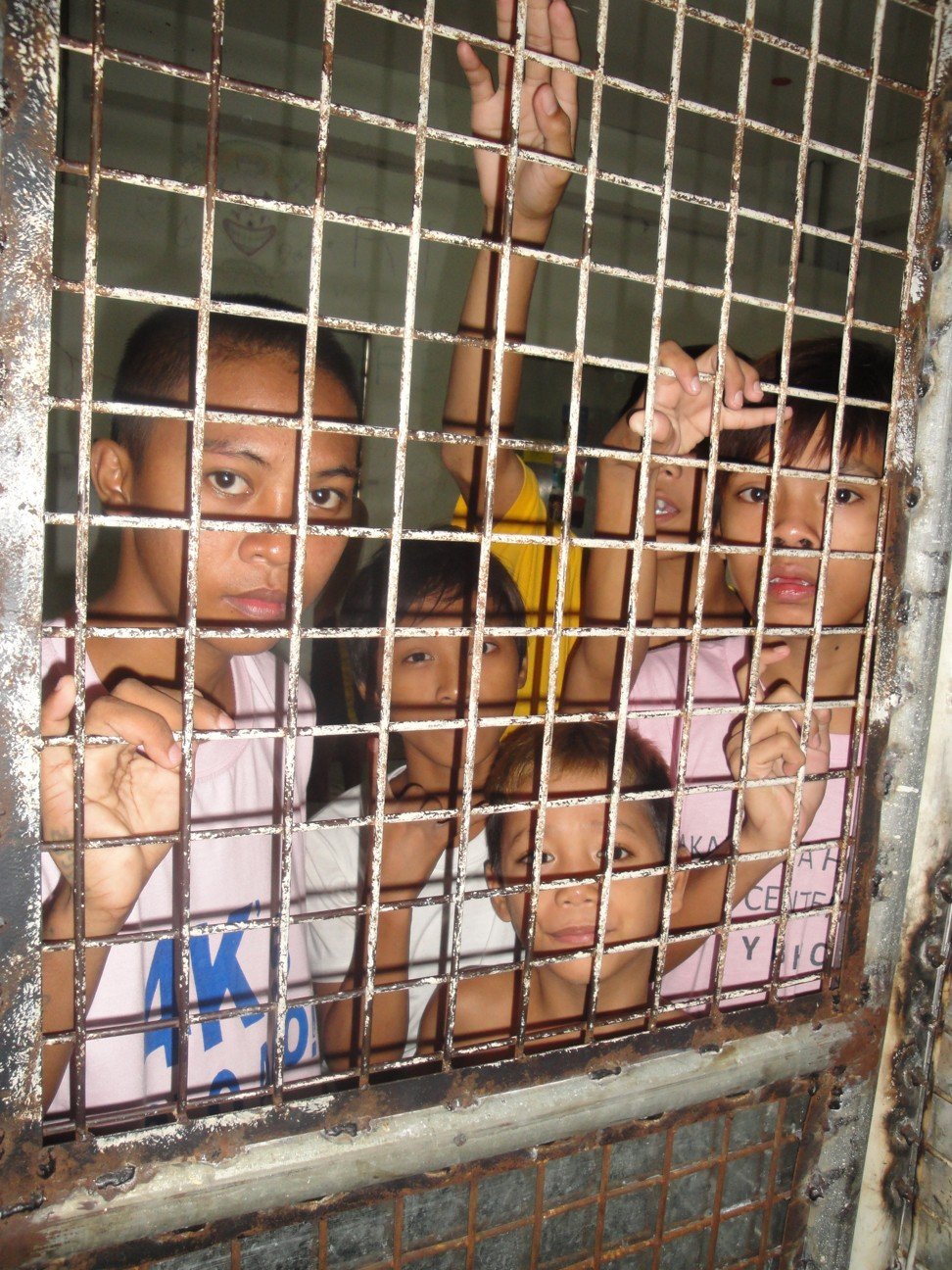
The home’s 43 boys are locked up in three cells behind barred doors and double window grilles. The biggest cell measures six by four metres; a single toilet and a barrel of water are the only concessions to sanitation. A clapped-out electric fan rattles under a flickering neon light (there is power today. The concrete cell is hot, airless, and dingy.
A half-dozen mattresses, stained, pockmarked and torn, are stacked against a flaking wall. There is no furniture. Few children here have more than a rudimentary primary education, fewer still speak English, but prominent amid the scrawled graffiti is the phrase “f*** the law”.
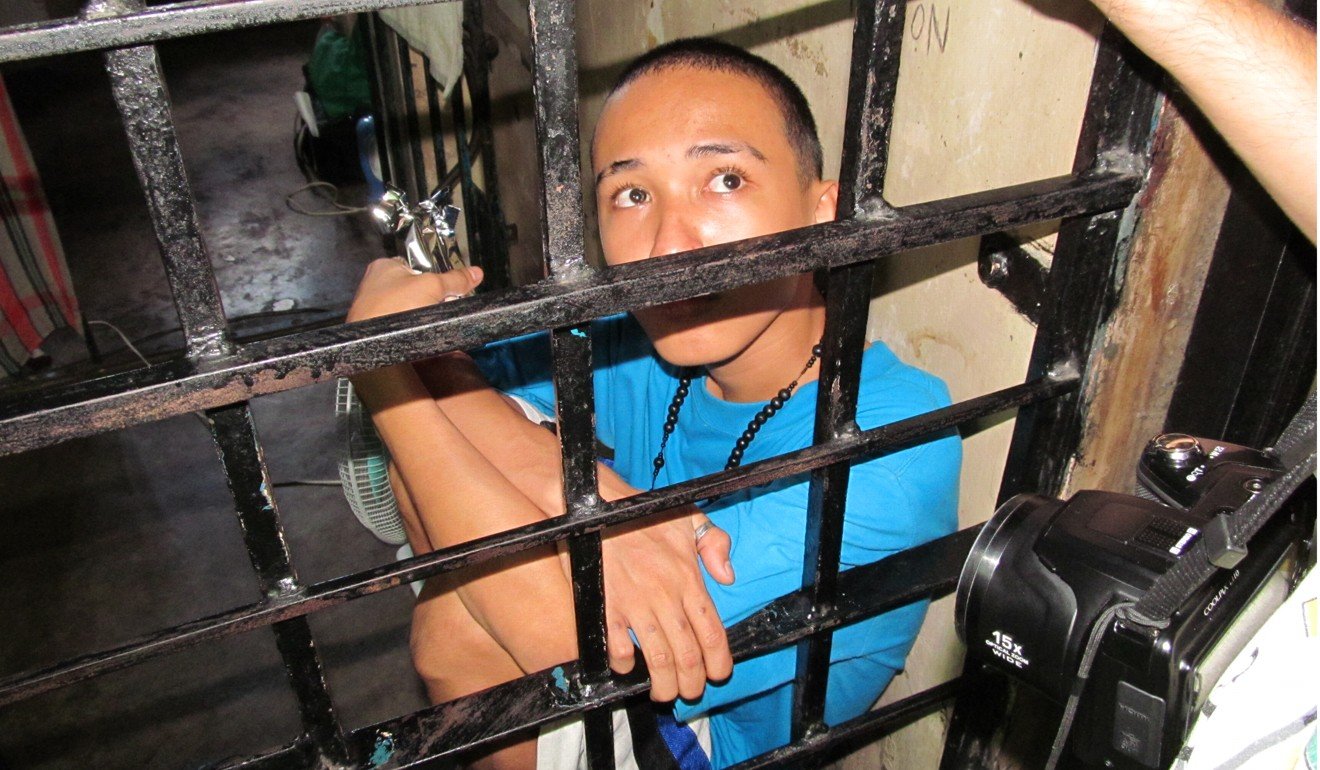
By law, children under the age of 15 should not be detained for anything but the gravest crimes. But at this House of Hope, children younger than that languish under the stern gaze of bull-necked wardens. Certainly, some are here for serious offences, others for misdemeanours such as minor theft; some are abandoned by their families, others for being in the wrong place at the wrong time.
“We have a punitive culture and we see children on the streets as thieves and criminals,” says Louise Suamen, advocacy coordinator for Bahay Tuluyan, an NGO protecting street children in Metro Manila. “We don’t want to see them, so we take them away. Then they are gone – pwede na [good enough].”
Definitive data is hard to find, but child welfare groups reckon thousands of Filipino children are held in detention. There are those incarcerated in the country’s 60 or so Houses of Hope; many more are probably imprisoned out of sight in the police stations and detention centres of thousands of poor neighbourhoods. A 2018 survey discovered 400 children confined in crowded and notoriously violent adult prisons.
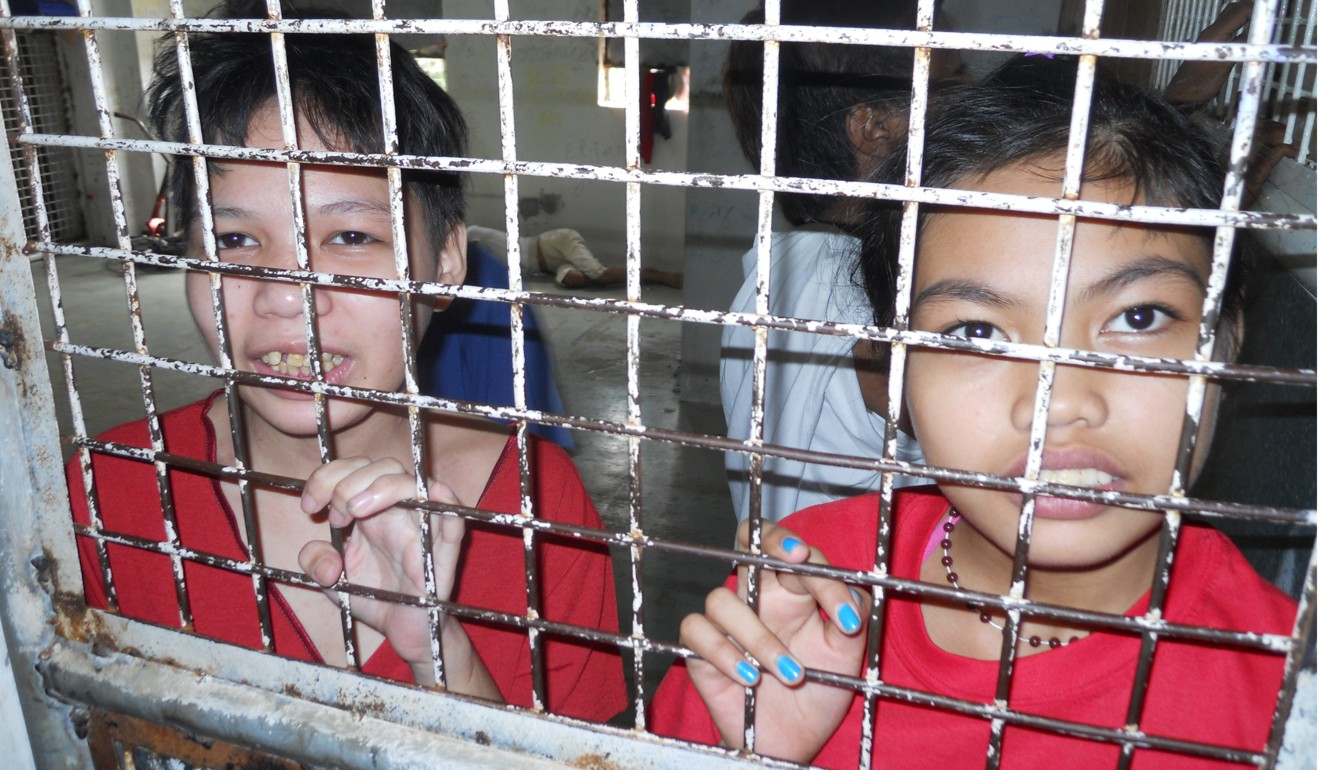
“These children are the poorest of the poor,” says Francis Bermido, board vice-president of Preda, an NGO that runs rehabilitation centres for boys and girls rescued from detention. “Most know their parents, but they have been neglected, mistreated or abandoned. Many who become street children do so because it is actually better for them to live on the streets.”
Zyihone was barely 12 years old when he was plucked from the street by a patrol of police and officials enforcing an unofficial 9pm curfew. He looks no more than eight or nine and speaks quietly, avoiding eye contact as he haltingly tells his story.
Zyihone’s mother is a domestic helper working in Kuwait, his father a ferry helmsman who works a minimum 14-hour day and who is “sometimes” drunk and violent. Until he dropped out at 11, Zyihone went to school for four hours a day, and spent the rest of his time mostly looking after his seven-year-old brother.
“I was playing with a friend when the patrol saw us,” he says. “They threw us in a van and caught two other children before we got to the Bahay Pag-Asa. I was put in a cell with older boys who bullied and beat me. I hated it there.”
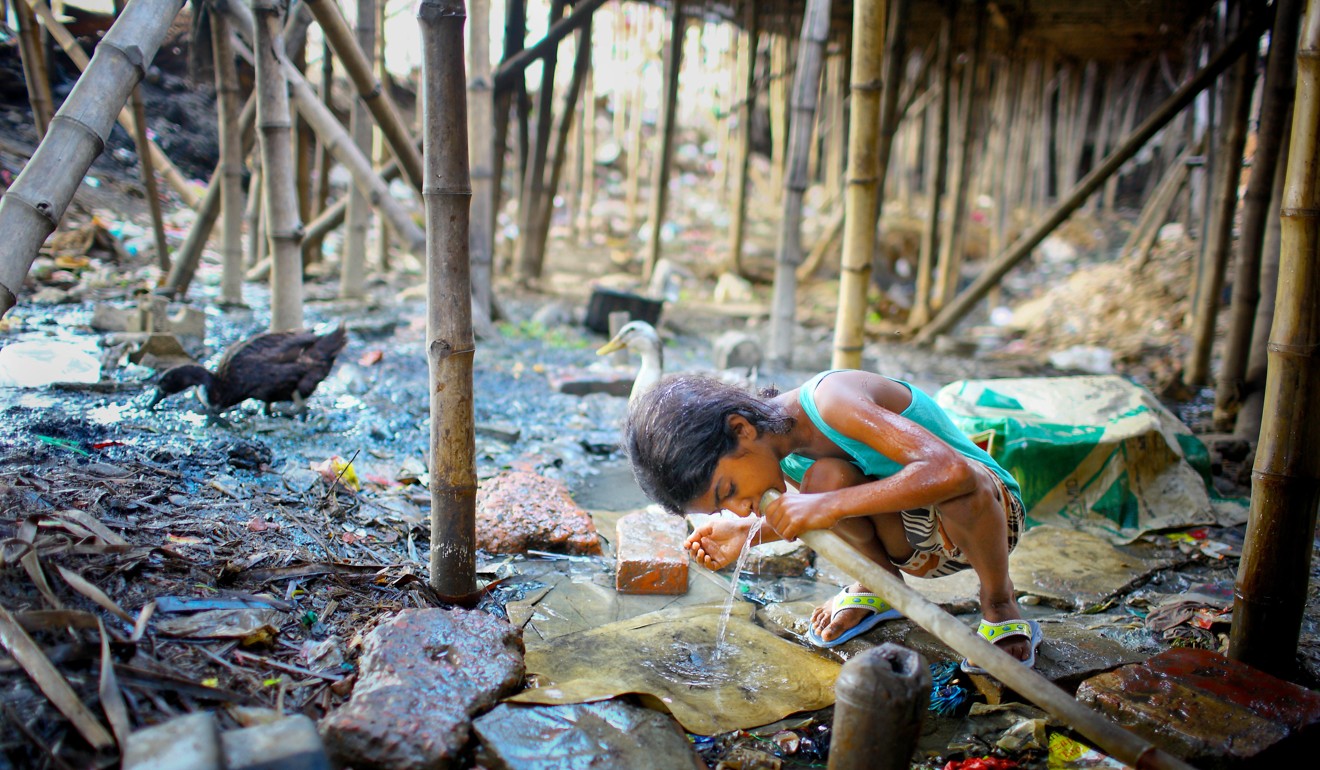
It was two months before Zyihone’s father came to claim him, but he did not return home, staying instead with the family of a friend. Zyihone was arrested again, for stealing money, and sent back to the Bahay Pag-Asa before being identified by Preda as a particularly vulnerable child and placed in its care. But Preda has resources to care for only around 100 children at a time. Zyihone has been with Preda for seven months now, and his future remains uncertain at best.
The UN’s children’s agency, Unicef, and other organisations have detailed the difficulties faced by many of the Philippines’ around 40 million minors. A Unicef report published last year found one in three live in poverty, and a third are stunted from malnutrition. Only 70 per cent of children enrol in secondary school and far fewer graduate. At least three million minors between the ages of five and 15 are not in school at all.
Eighty per cent of children have suffered physical abuse, while one in five minors between 13 and 18 has been subjected to sexual violence, often perpetrated by family members.
The age of sexual consent in the Philippines is effectively 12; only cases of sexual intercourse in which the child is under that age are defined as statutory rape. The country is one of the world’s biggest producers of child pornography, and Unicef says a galloping HIV epidemic is disproportionately afflicting the young.
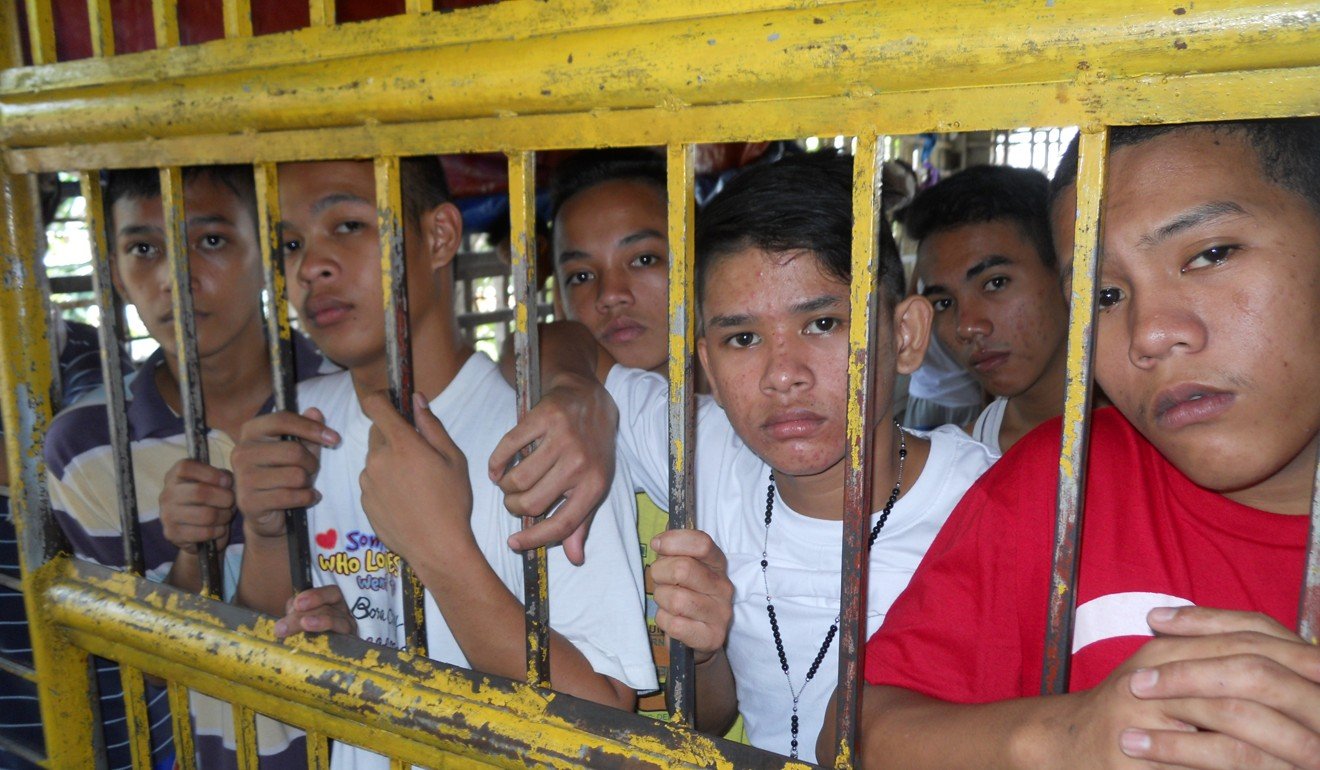
“Many children grow up in a very dysfunctional environment,” says Suamen. “They are from broken families, they have no positive role models, and so they seek sanctuary on the street.”
Guided by Catholic notions of compassion, legislation dealing with child welfare and juvenile justice is progressive and well-intentioned, like the many committed people working to improve child welfare. But these laws are not properly enforced, the funding of related programmes is arbitrary, and there is little social or political support for child welfare largely absent.
According to Bermido, the implementation of these laws ranges “from very low to nil”. Now, he and others are concerned that, amid the hysteria of President Rodrigo Duterte’s ongoing “war on drugs”, indifference about the plight of children has turned into outright hostility.
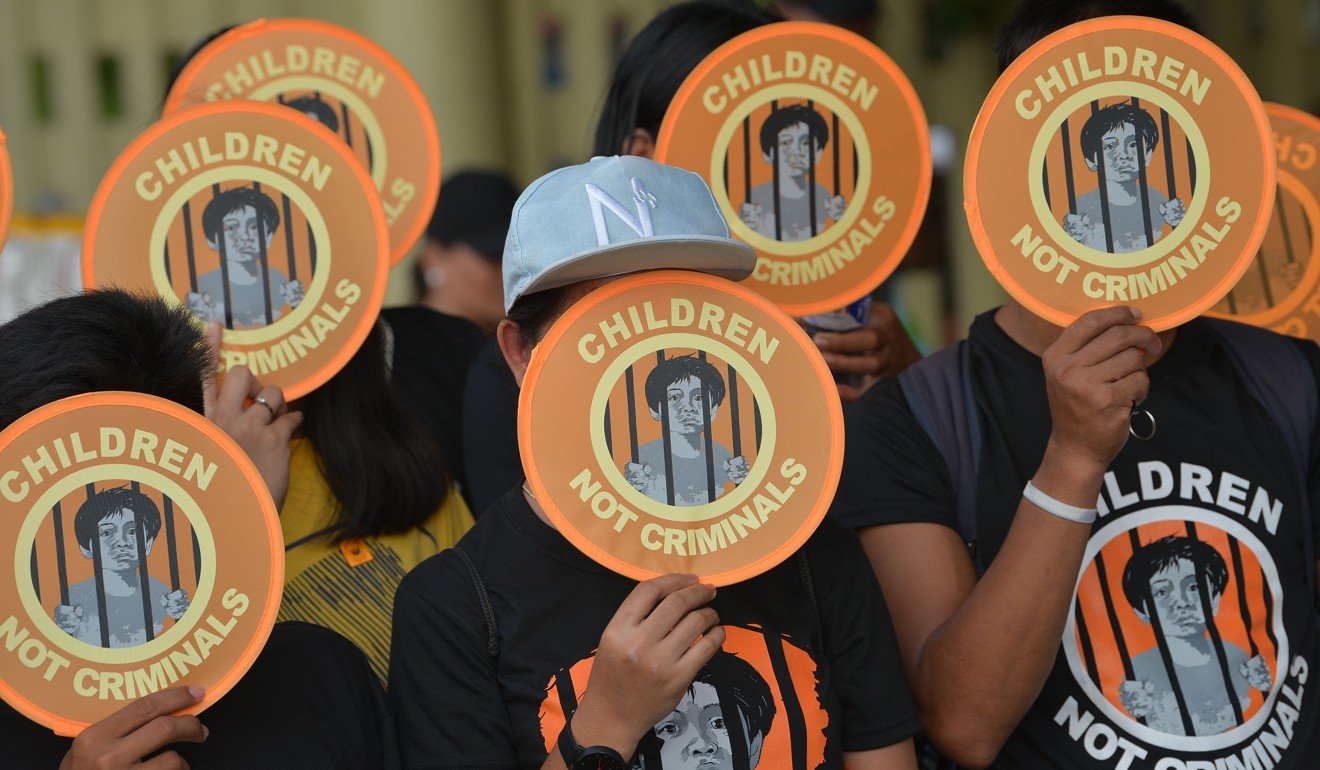
In October, the Child Rights Network, an alliance of Philippine organisations and agencies pushing for children’s rights legislation, released a statement detailing terrible abuse inflicted on children as a result of Duterte’s anti-drugs campaign, including assault, rape and killings (at least 74 children have been killed in drug-related police operations).
The statement cited a 2018 study published by the Ateneo School of Government in Quezon City, Metro Manila, that found more than 32,000 children had been orphaned as the result of the anti-drugs campaign, and close to half a million had seen parents imprisoned on drug-related charges.
The move to reduce the age of criminal responsibility follows assertions that drug dealers are turning to younger children to serve as couriers and drug mules; this has been described by the United Nations as an “act of violence against children”. The government’s own statistics show that concerns about crime are overblown.
We have a punitive culture and we see children on the streets as thieves and criminals. We don’t want to see them, so we take them away – Louise Suamen, advocacy coordinator for Bahay Tuluyan, which protects street children in Metro Manila
According to figures from the Philippine Statistics Authority, the number of reported crimes fell steadily in the three years before Duterte’s election in 2016. The Juvenile Justice and Welfare Council meanwhile found that less than two per cent of crimes are committed by children, and that half involve theft. Less than five per cent of crimes committed by children were drug-related.
“This is a failure of law enforcement,” says Bermindo. “It shows how weak the police and the justice system are … they are not able to arrest the real criminals, so they pursue children instead.”
Child rights advocates fear lowering the age of criminal responsibility will only embolden drug kingpins to exploit even younger children. This will place them in mortal danger; at best, it will condemn them to detention in a House of Hope if apprehended.







